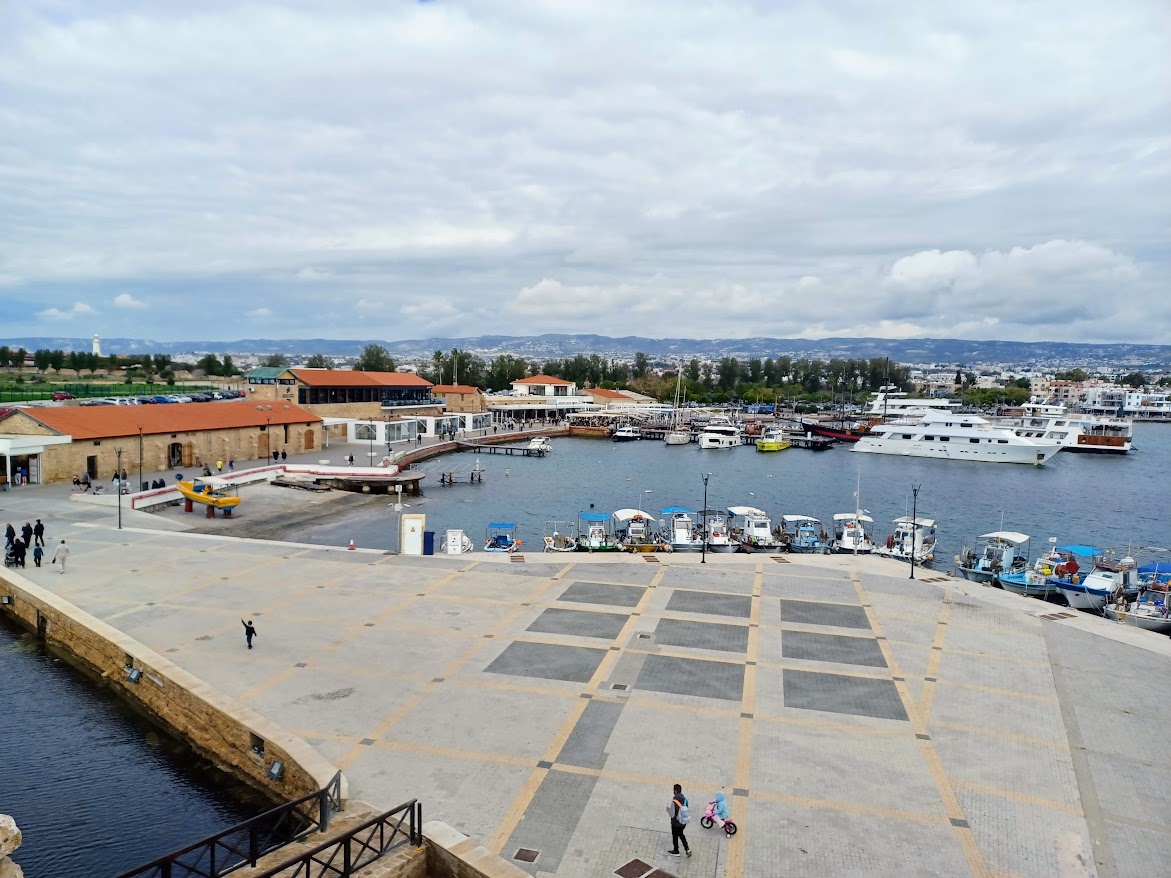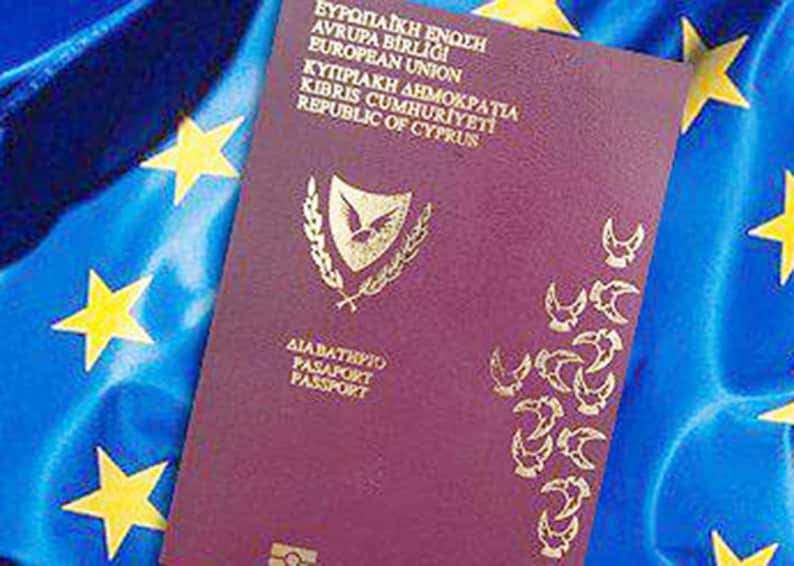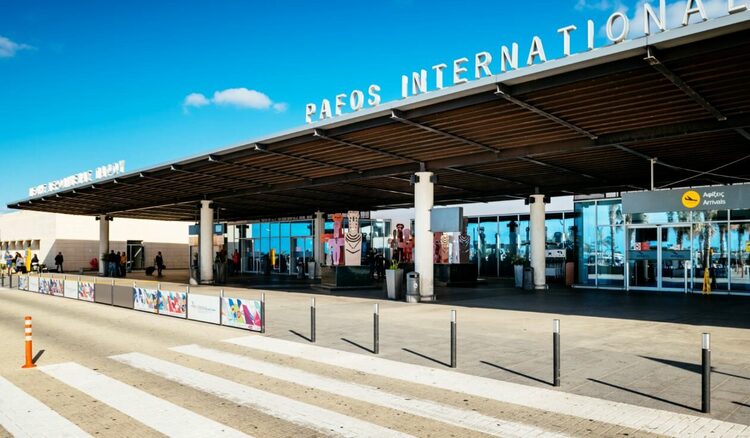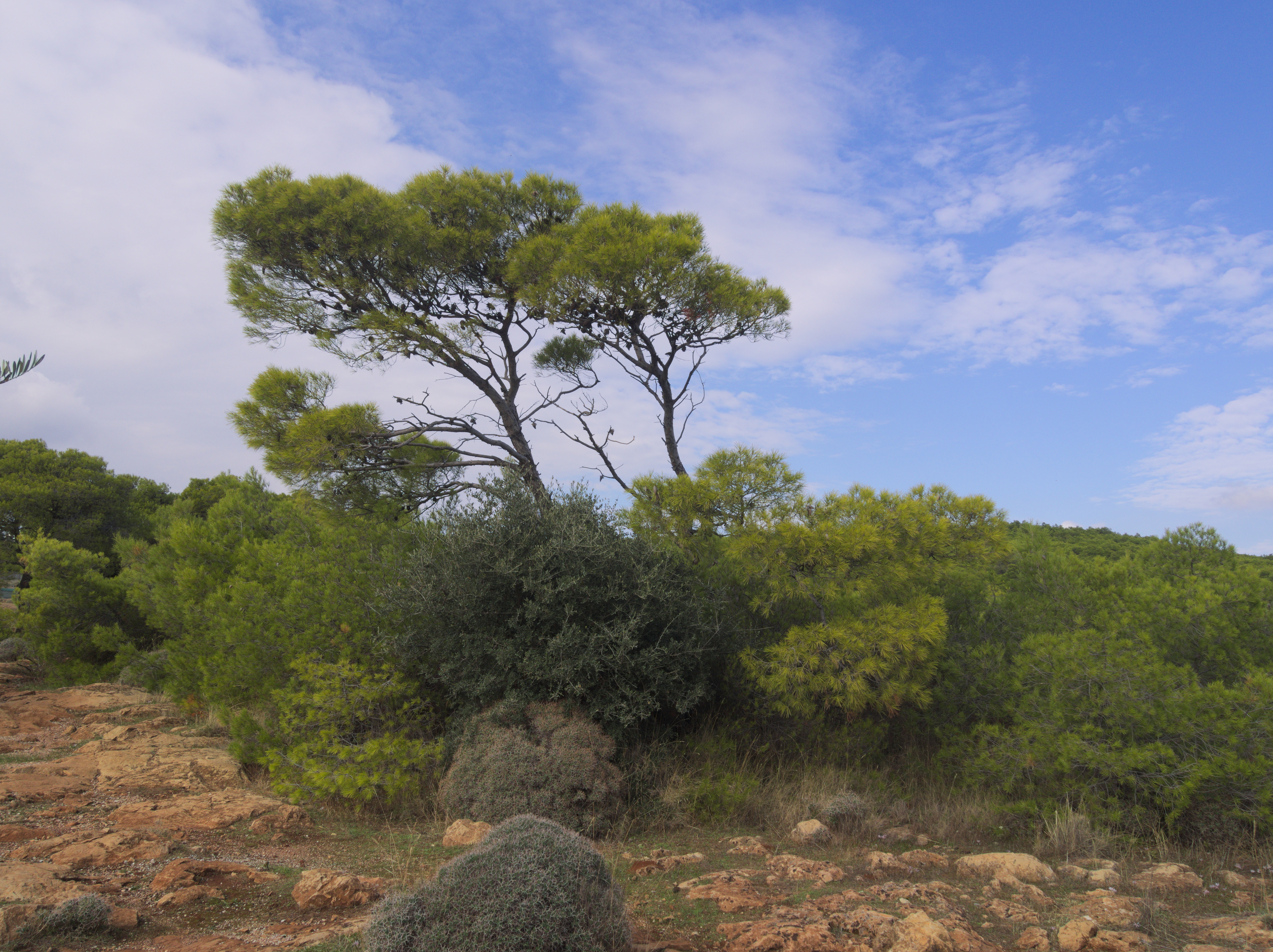Paphos lauded for uniting Akamas villages through slow tourism
Paphos has been recognised among the world’s leading sustainable destinations after earning a place in the Top 100 Green Destinations Stories 2025, highlighting its success in fostering green and sustainable growth through slow tourism.
According to the Paphos regional tourism board (Etap), the distinction celebrates the town’s innovative project titled “Fostering green and sustainable growth through slow tourism by preserving natural and rural heritage with the enhancement of local environmental education centres.”
The project was selected in the Culture and Tradition category and showcases how Paphos has transformed its rural heartlands into a model for sustainable cultural tourism.
This recognition follows an evaluation process involving 180 good practice submissions from 33 countries, assessed by international experts under the coordination of Green Destinations.
The Top 100 Partnership, supported by organisations including ITB Berlin, Quality Coast, Ecotourism Australia and the Future of Tourism Coalition, endorsed the awards, which were announced during the Global Green Destinations Conference in Montpellier, France.
“Located on the southwest coast of Cyprus and sheltered by the Troodos Mountains, Pafos boasts a temperate climate and a healthy Mediterranean lifestyle,” the report stated.
It noted that “the region includes four municipalities and over 100 villages, featuring the protected Akamas Peninsula National Park and the expansive Pafos Forest.”
The award-winning initiative focuses on the Laona Plateau, uniting the neighbouring villages of Arodes, Innia, Droushia, and Kathikas through a network of four museums reflecting the area’s natural and cultural heritage.
“Each museum operated in isolation, with no shared promotional strategy, leading to limited public awareness and reduced economic impact on the surrounding villages,” the report said.
To overcome these challenges, a strategic cluster was created to connect the museums through joint advertising, shared excursions, and collaborative social media campaigns.
“Joint advertising campaigns, coordinated social media outreach, and the organisation of excursions across the Laona Plateau helped amplify their visibility and attract more visitors,” the report added.
This collaborative approach increased tourist flows and boosted the economic activity of the surrounding region, transforming fragmented efforts into “a successful model of cultural promotion, sustainable rural development and cultural heritage creative tourism.”
The initiative also emphasised community participation.
“Engaging the local community from the outset through public meetings fostered a sense of ownership and participation, strengthening social bonds as residents came together to support shared goals,” the report said.
It further described how inclusivity played a vital role, stating that “these villages are built not only on resources but on inclusivity, where people of all backgrounds, ages, and experiences feel welcomed and valued.”
Workshops and creative programming have strengthened cultural identity, with “collaborating with local craft people and introducing creative workshops we have enhanced operational capacity and improved attractiveness of the museums and the area.”
According to monitoring data, the project led to a 30 per cent increase in visitors over two years, with “each museum now receiving an estimated 5,000 visitors annually.”
This growth also benefited local businesses, as “local guesthouses and agro-tourism accommodations have experienced a 40 per cent increase in weekend bookings, while nearby tavernas, wineries, and artisan workshops report up to a 25 per cent boost in sales during cultural events and guided excursions.”
The report emphasised that the Paphos regional tourism board (Etap) designed thematic excursions combining “museum visits with experiential activities such as wine tastings, nature walks in the Akamas Peninsula, and traditional craft demonstrations.”
It added that “these curated experiences have successfully extended the average visitor stay and deepened tourist engagement with local heritage.”
Beyond tourism, the initiative has revitalised rural life by engaging younger generations as “museum guides, event coordinators, and cultural ambassadors,” ensuring long-term community involvement.
“This integrated model demonstrates how the thoughtful combination of cultural heritage, community empowerment, and smart tourism planning can drive sustainable development in remote regions,” the report concluded.







Click here to change your cookie preferences